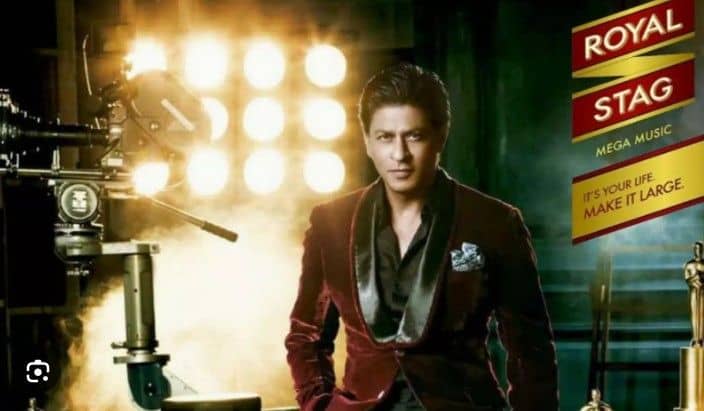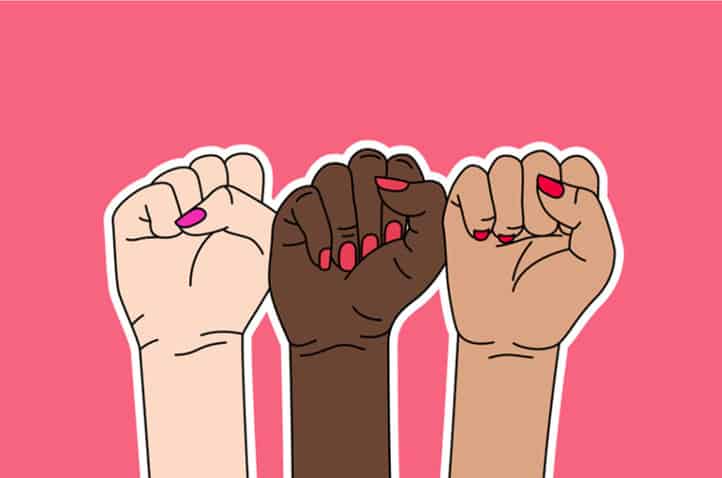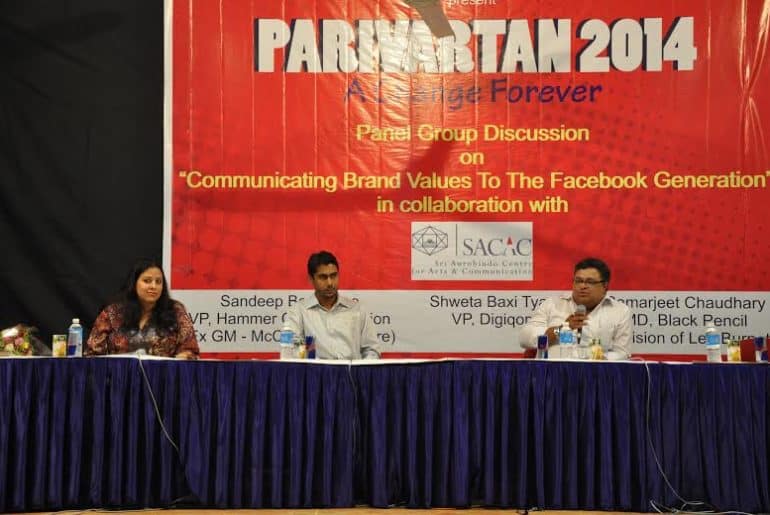Growing up, we all sat through one of those liquor ads while waiting to watch our mother’s favourite TV dramas. The infamous “Men Will Be Men,” produced by Seagrams, became a cult classic while bordering on the illegal.
Advertising on television sets remains the most effective way to reach Indian households, with over 200 million people having access to it. The brand often turns to clever marketing tactics in order to stand out in an ever more competitive space. Some pay hefty money to popular stars, some subtly place their branding in popular imageries or product placement, and some deceit. Surrogate advertising often comes under heat for deceiving audiences through implicit promotion. Advertising is when a brand attempts to indirectly promote products that would otherwise be impossible by the letter of the law. Indian TV sets have been marred with this plague for decades now, be it through promoting substitute products or subtle product placement in films. Popular brands like Kingfisher and Seagrams resort to promoting their brand of mineral water on CDs to get around the legalities. In India, there’s a strict prohibition on advertising gambling, tobacco, and alcoholic beverages on television sets due to concerns about it undermining public health and risking exposure of harmful substances to a younger audience.
It is severely disappointing to see actors or sportsmen with a massive reach often helping these brands promote substances that are doing no good to the youth of the nation. Brands like Vimal, infamous for poaching stars like Salman Khan, Ajay Devgan, and most recently Shah Rukh Khan in their ads, have them promote their “cardamom pods” with the intention of redirecting them to their parents brand’s pan masala. Similarly, sporting events in India are plagued with online betting ads, banned in the recently released guidelines by the Central Consumer Protection Authority (CCPA).
The Indian Premier League remains a goldmine for many of these brands, considering the traffic it invites every year. The 2023 edition of the Indian Premier League (IPL) saw two of its biggest sponsors be an online betting service and a brand selling pan masala. These brands often end up hiding under the banner of a news broadcaster, an Elaichi brand, or music labels, amongst others, that we can ride home about all day long. Often what they do is create a substitute product with the same branding, as the laws permit that, and upon checking their socials, they end up looking no more than pawns to promote the parent company’s bread and butter.
Perhaps the biggest issue with surrogate advertising isn’t even the legalities but rather the ethics surrounding it. By promoting products that aren’t permissible by law due to health concerns or otherwise, they are exposing children who know no better to such products. This goes against the principles of corporate social responsibility (CSR), which states that corporations or brands shall engage in practices ethically in consideration of their impact on society. In nations like India, where cricketers and movie stars are worshipped like deities by teenagers who know no better, the age group is all the more vulnerable.
Targeting a younger demographic through securing the naming rights of popular tournaments that they might resonate with or paying hefty sums to movie stars is doing nothing but endangering and exposing kids to banned substances. The prohibited nature of certain substances keeps the “harmful” perception of their consumption alive in the public consciousness, but constant advertising, whether intended or not, only pushes the vulnerable demography more towards such products, in a way normalising it.
Whether you agree with surrogate advertising or not, some may argue that a younger demographic would hardly figure out what’s being implied in such advertisements, but you are still putting them at risk. In a digital era where information has never been more accessible and promotion of these harmful products placed everywhere, be it TV, OTT platforms, or big LED screens out and about, the risk of one exposing themselves to something that the government, in considering with public welfare and health concerns, had previously put a restriction on is alarming. Brands should move away from such deceitful and unethical tactics and adopt transparency moving forward rather than making themselves all about treating the consumers like cash cows.
Read also:New ASCI guidelines for fair advertising
Featured Images credits: Kingfisher & Seagrams
Yash Raj
[email protected]






